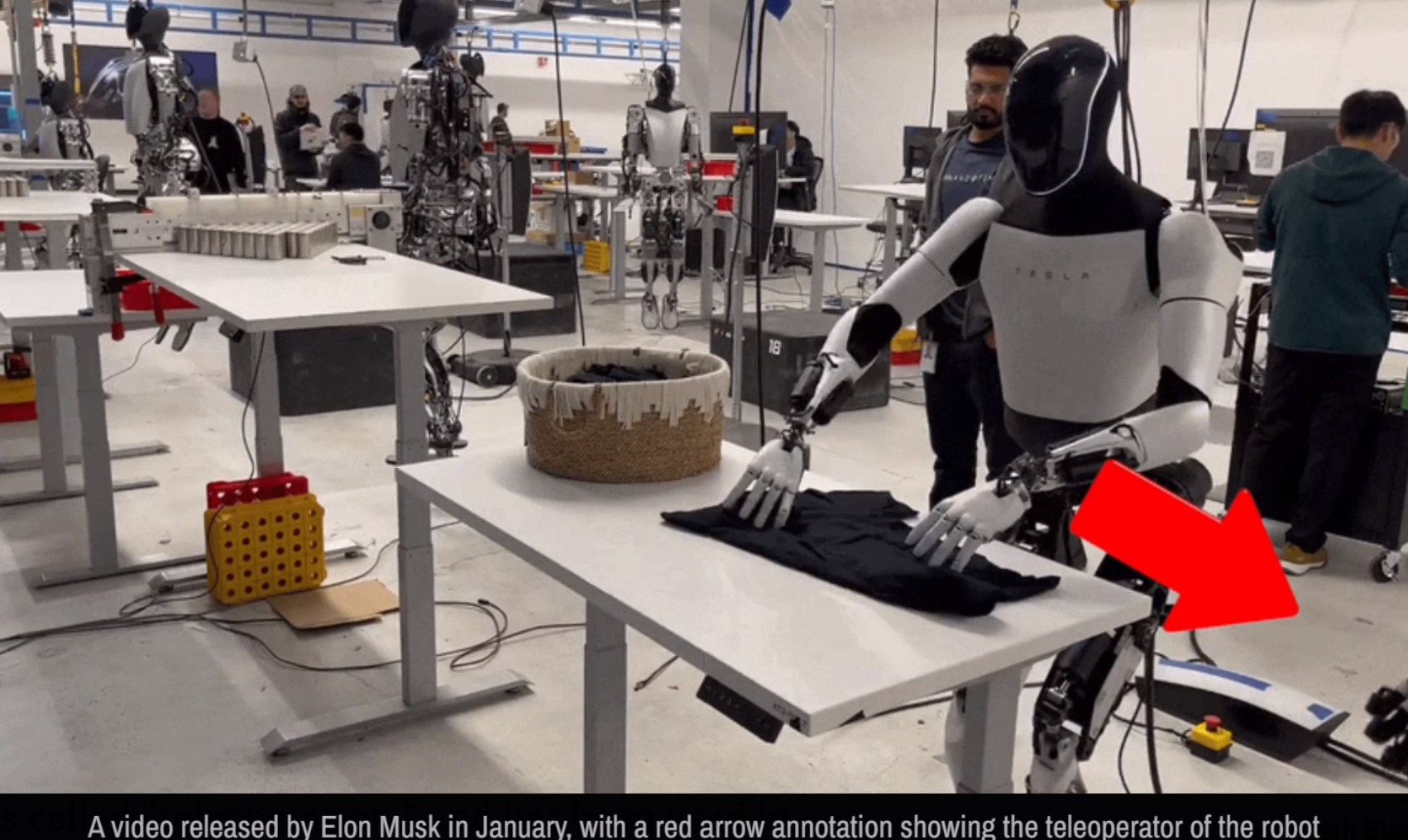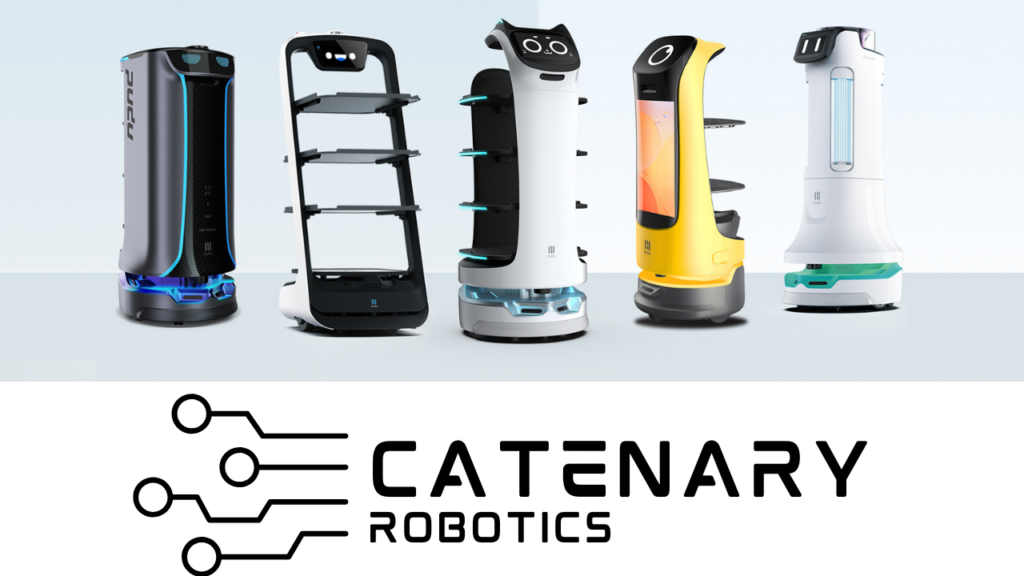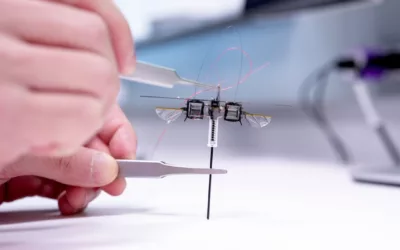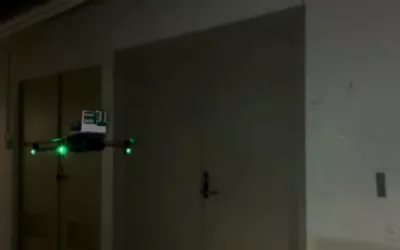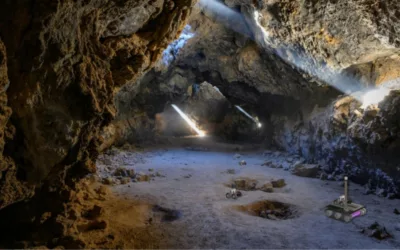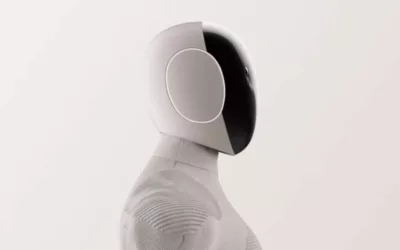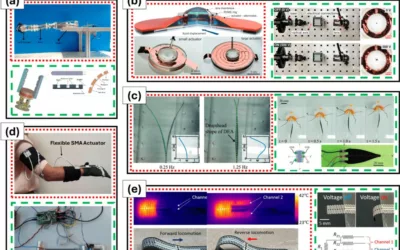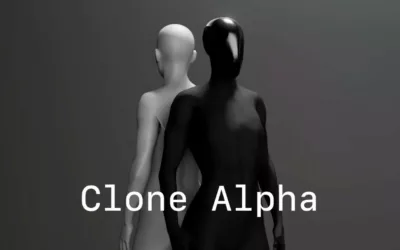Telsa’s debacle with their humanoid robot, Optimus, has sparked a conversation about transparency in the robotics industry. In a video posted by Telsa in January 2024, Optimus appeared to perform tasks autonomously, only for keen-eyed viewers to spot a human operator just out of frame. This discovery has prompted other robot manufacturers to be upfront about their demonstrations.
When a video surfaced of Optimus folding a shirt, viewers noticed a hand intervening, revealing teleoperation, a technique dating back to the 1940s where a human’s movements control a robot’s actions. In an era where autonomy is expected, such reliance on manual control has disappointed many.
In response to Telsa’s misstep, robot companies like Astribot and Figure have begun explicitly stating when their demonstrations are autonomous. Astribot‘s recent video showcases its robot, the Astribot S1, performing various tasks without human intervention. Including “no teleoperation” in the video aims to assure viewers of the robot’s genuine autonomy.
Figure, utilizing OpenAI software, also emphasized the absence of teleoperation in its demos, reaffirming the integrity of its neural networks. Sanctuary AI followed suit, releasing a video with a clear message of autonomy to build trust with its audience.
While Telsa’s mistake in its demonstration of Optimus highlights the importance of transparency, they along with other robotics companies continue to push the boundaries of innovation.
Ultimately, Telsa’s incident serves as a cautionary tale for the industry. Maintaining transparency is essential to foster trust with their customers. While Tesla may have stumbled, their actions have catalyzed a positive shift toward openness in the robotics sector.

